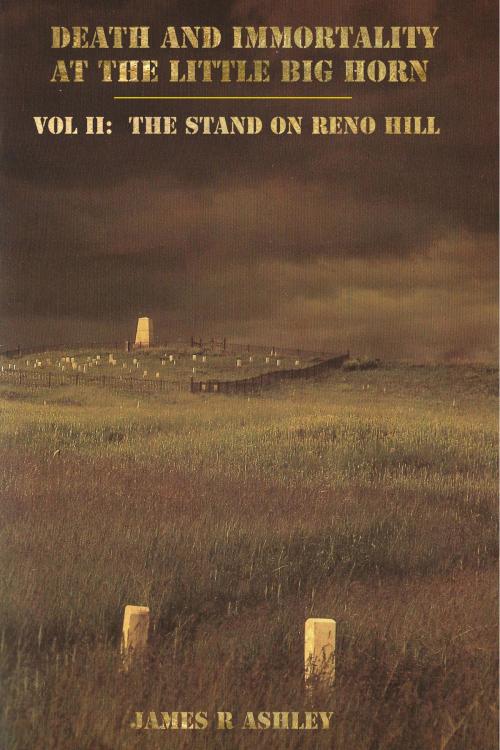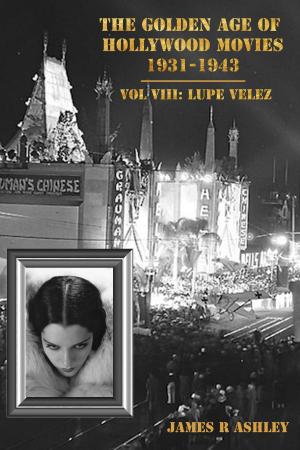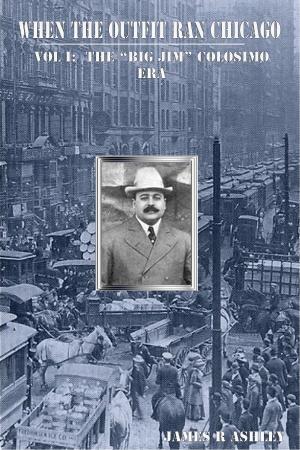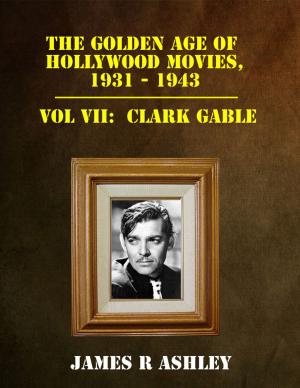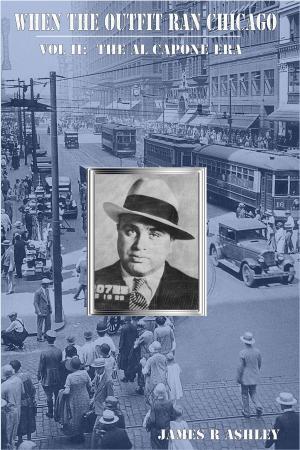Death and Immortality at the Little BigHorn: Vol II, The Stand on Reno Hill
Biography & Memoir, Historical| Author: | James R Ashley | ISBN: | 9781301205714 |
| Publisher: | James R Ashley | Publication: | August 26, 2013 |
| Imprint: | Smashwords Edition | Language: | English |
| Author: | James R Ashley |
| ISBN: | 9781301205714 |
| Publisher: | James R Ashley |
| Publication: | August 26, 2013 |
| Imprint: | Smashwords Edition |
| Language: | English |
Almost everyone, at least in the English speaking world, is familiar with the story of Custer’s Last Stand. By any measure it is a gripping story of how some 200 cavalrymen under the direct command of Colonel George Armstrong Custer met their end at the battle of the Little Big Horn on June 25, 1876. In no small measure the classic movie with Errol Flynn, They Died With Their Boots On, has perpetuated the myth of a Custer leading his command in a doomed mission of self-sacrifice in a heroic fight against overwhelming numbers of merciless savages in order to save a column of their fellow soldiers from being butchered. The troopers under Custer go to their fate without fear and although they know they will not survive, they fought like wounded tigers determined to fatally wound their enemy in their death throes. With every shot they took an Indian chief went down and despite their steadily dwindling numbers the men under Custer’s command did their duty to the last man. It is a thrilling adventure story of the most stirring kind but it is largely the creation of the Hollywood film industry whose purpose was entertainment not historical accuracy. However, in the dark recesses of most people’s minds (except the North American Indians’ of course), it is the image people want to believe.
Most people are unaware that there was another stand in the Battle of the Little BigHorn, about 4 miles away from where Custer met his end. It was on a position called Reno Hill and was occupied by 7 companies of the 7th Cavalry under the command of Major Marcus Reno. Custer had counted on the support of Reno and Captain Frederick Benteen to reinforce his offensive against the Indian village but both of them, one through cowardice and the other through jealously and hate, refused to advance “to the sound of the guns” until it was too late, and as a result the 200 men under Custer’s command were forced to fight a battle they could not win.
Once the Indians had disposed of Custer’s 2 battalions they rode back to Reno Hill to finish off the survivors there. The position was a poor one for defense, being overlooked by higher ground, manned by demoralized soldiers who had just been badly beaten by the Indians, and led by a coward who hid in a foxhole quaking in fear throughout the battle. And when the thousands of Indians buoyed by their victory over Custer and feeling themselves to be invincible rode up to Reno Hill, it seemed to anyone who cared to lay down a bet that there would be nothing standing between them and the extermination of the remainder of the 7th Cavalry. However, a leader rose up among them and the soldiers steeled themselves to survive at all costs, and they fought as if their lives depended on it, which it did. And as hard as the Indians tried, they could not break the defenders of Reno Hill. And although the stand on Reno Hill is largely ignored by American military history, it was similar in nature to a stand made 68 years later by Americans at a Belgian village named Bastogne. So if you want to know how ordinary soldiers fight to survive when everything is against them, then this is a story you want to read. The cowards and heroes are all here, so take your place beside them as you fight for your life on Reno Hill on those hot days on June 25 and 26, in 1876.
Almost everyone, at least in the English speaking world, is familiar with the story of Custer’s Last Stand. By any measure it is a gripping story of how some 200 cavalrymen under the direct command of Colonel George Armstrong Custer met their end at the battle of the Little Big Horn on June 25, 1876. In no small measure the classic movie with Errol Flynn, They Died With Their Boots On, has perpetuated the myth of a Custer leading his command in a doomed mission of self-sacrifice in a heroic fight against overwhelming numbers of merciless savages in order to save a column of their fellow soldiers from being butchered. The troopers under Custer go to their fate without fear and although they know they will not survive, they fought like wounded tigers determined to fatally wound their enemy in their death throes. With every shot they took an Indian chief went down and despite their steadily dwindling numbers the men under Custer’s command did their duty to the last man. It is a thrilling adventure story of the most stirring kind but it is largely the creation of the Hollywood film industry whose purpose was entertainment not historical accuracy. However, in the dark recesses of most people’s minds (except the North American Indians’ of course), it is the image people want to believe.
Most people are unaware that there was another stand in the Battle of the Little BigHorn, about 4 miles away from where Custer met his end. It was on a position called Reno Hill and was occupied by 7 companies of the 7th Cavalry under the command of Major Marcus Reno. Custer had counted on the support of Reno and Captain Frederick Benteen to reinforce his offensive against the Indian village but both of them, one through cowardice and the other through jealously and hate, refused to advance “to the sound of the guns” until it was too late, and as a result the 200 men under Custer’s command were forced to fight a battle they could not win.
Once the Indians had disposed of Custer’s 2 battalions they rode back to Reno Hill to finish off the survivors there. The position was a poor one for defense, being overlooked by higher ground, manned by demoralized soldiers who had just been badly beaten by the Indians, and led by a coward who hid in a foxhole quaking in fear throughout the battle. And when the thousands of Indians buoyed by their victory over Custer and feeling themselves to be invincible rode up to Reno Hill, it seemed to anyone who cared to lay down a bet that there would be nothing standing between them and the extermination of the remainder of the 7th Cavalry. However, a leader rose up among them and the soldiers steeled themselves to survive at all costs, and they fought as if their lives depended on it, which it did. And as hard as the Indians tried, they could not break the defenders of Reno Hill. And although the stand on Reno Hill is largely ignored by American military history, it was similar in nature to a stand made 68 years later by Americans at a Belgian village named Bastogne. So if you want to know how ordinary soldiers fight to survive when everything is against them, then this is a story you want to read. The cowards and heroes are all here, so take your place beside them as you fight for your life on Reno Hill on those hot days on June 25 and 26, in 1876.
